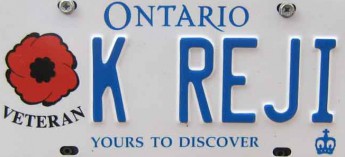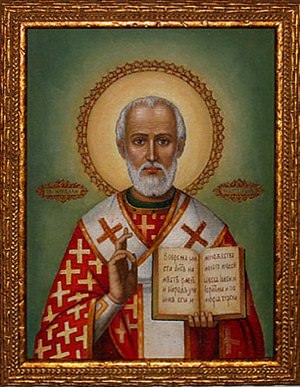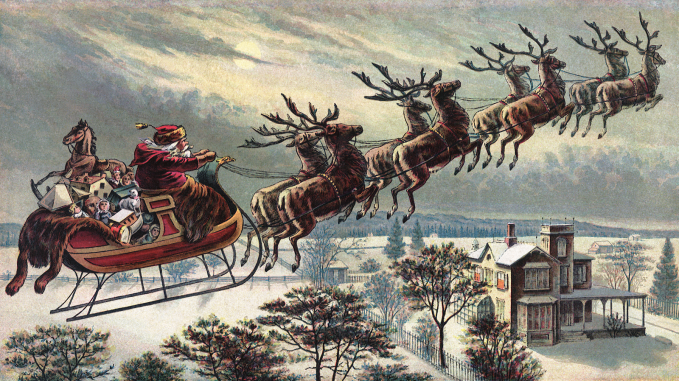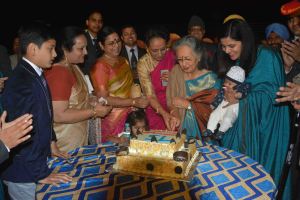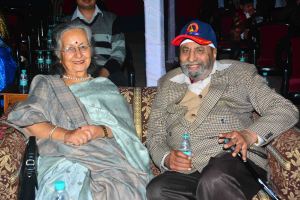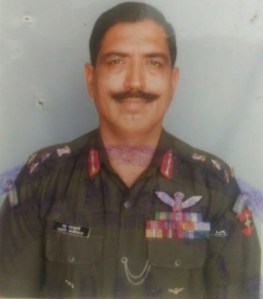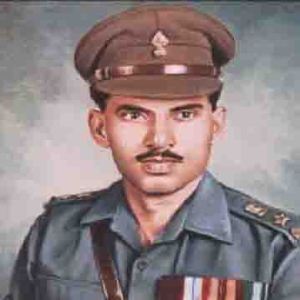
Brigadier KN Thadani and Mrs Sneh Thadani used to take me to the Defence Services Officer’s Institute(DSOI) at Dhaulakuan, Delhi every Sunday and we used to play cards and tambola (housie or bingo). The evenings would invariably wind up with dinner in some classy restaurant in Delhi.
I also had some interaction with their two sons – Akash and Kailash. I remember signing the documents for Kailash for his adventure training at the Himalayan Mountaineering Institute, Darjeeling. That was the day when Brigadier Thadani taught me as to why the old rubber stamps had a drawing pin on one side – One needs to always ensure that that correct side faced the document when you stamped one, lest it would turn out upside down!
Brigadier Thadani was also a skilled mountaineer and both passionate and knowledgeable about his craft. Many years later, while he was commanding 3 Artillery Brigade in Leh, he led the very first expedition of 16 soldiers to conquer Apsarasas I peak. The Apsaras group of mountains lies to the North of Teram Shehr Glacier and consists of a large massif with the ridge line running from West to East. The highest point is Apsarasas I, height 7245 m with Apsarasas II (7240 m) and Apsarasas III (7230 m).
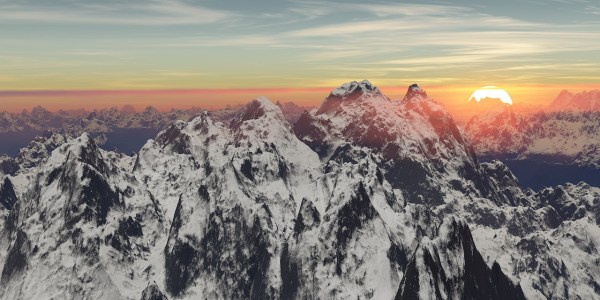
The expedition left Leh on 25 July 1980 (four years before the Indian Army occupied Siachen Glacier), moved across the Khardung La, 18,360 ft (which is reputedly the highest pass in the world over which a road has now been built), and thereafter descended, to the Shyok river and on to the Nubra valley in Ladakh. The team set up four camps with the base camp at the snout of the Siachen glacier. The advanced base camp was sited near the confluence of three glaciers, the Siachen, Teram Shehr and Lolofond at a height of about 5180 m (12,000 ft).

A number of parties were sent out on various approaches to determine a suitable route to Apsarasas I. The Western approach along the ridge line was found unsuitable as it had a formidable overhanging glacier on the route to the ridge line. The South-Eastern approach was selected and summit Camp 1 was established on 7 September and summit Camp 2 the next day.
At this stage the expedition was struck by bad weather; heavy snowfall with occasional blizzards prevented further progress on the mountain. The fixed ropes between the two summit camps were buried in the fresh snow and the members had to remain firm in their respective camps. For almost a week, they had to endure extreme privation in the sub-zero environment. Meanwhile, the route to these camps was obliterated by avalanches.
A party of eight moved up to summit Camp 3 having used 15 fixed ropes to secure the route. The following day they reconnoitred the route to the summit and on 18 September, seven of them made an early start and reached the summit of Apsarasas I at 11.12 a.m. They hoisted the Indian tricolour and the expedition flag. They stood in prayer, expressed their gratitude to the Gods of the mountains for having given them the strength to reach the summit and offered oblation. The second summit party of nine members, seeing that the weather was clear and the route to the summit had already been secured, climbed 3000 ft at that altitude. They were fully aware that they could at best return to the security of a camp only after nightfall. They reached the summit at 3.30 p.m., took a few photographs and as the clouds were gathering fast, they hurried back and reached the camp at 9 p.m.
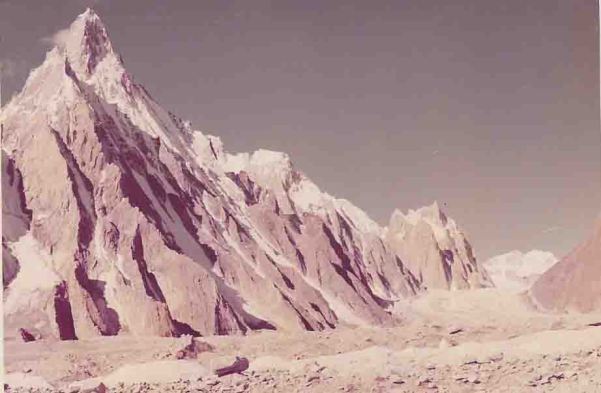
This added another glorious chapter to the history of mountaineering by these 16 gallant men of the Indian Army led by Brigadier KN Thadani. These peaks are now in the enemy held areas of the Glacier. When the line of control was delineated it was not clearly defined in these areas and so the Indian and Pakistani perceptions of the LOC were quite divergent. In those days the ground was not occupied by either army and both countries allowed in mountaineering in these areas. Despite all these circumstances, it was still no mean feat for him and his team to enter what was then palpably Pakistani held territory. What happened in the years to come with the Indian Army occupying most of the Siachen Glacier is etched in golden letters in the annals of Indian military history.
Even though both his war experience and mountaineering took a toll on his body and mind, like a true soldier, he rarely spoke about it and when he did it was in bits and pieces. He was a man of few words and I used to be ever on the lookout when those pearls of wisdom came from his lips.
Brigadier Thadani loved sports and was a passionate follower of Cricket. I fondly remember the days when we together watched the Benson & Hedges World Championship of Cricket, a One Day International tournament held from 17 February to 10 March 1985 in Australia which India won. The most crucial match was the semi-final with New Zealand – India had to make 207 runs in 50 overs. In the 32nd over, India was 102 for 3 and needed 105 runs to win in the remaining 18 overs – a difficult task then. It was Vengsarkar and Kapil Dev who took the team to victory, both scoring half centuries. The match was nail-biting and intense, and caused Brigadier Thadani and I to smoke two full packets of Wills cigarettes. By the way, Brigadier Thadani, stylish as ever, in those days only smoked his pipe.
As Brigadier Thadani sitteth on the right hand side of God, let me reveal an incident that always remained a fascination with me. Brigadier Thadani, while commanding 3 Artillery Brigade in Leh, had been close to His Holiness Dalai Lama. In April 1985, His Holiness came to our Officers’ Mess to meet his old friend. I too had the opportunity to interact and dine with His Holiness and I will always cherish the meeting till my grave. I was destined to witness this meeting of two great personalities and two best friends who ardently admired each other.
